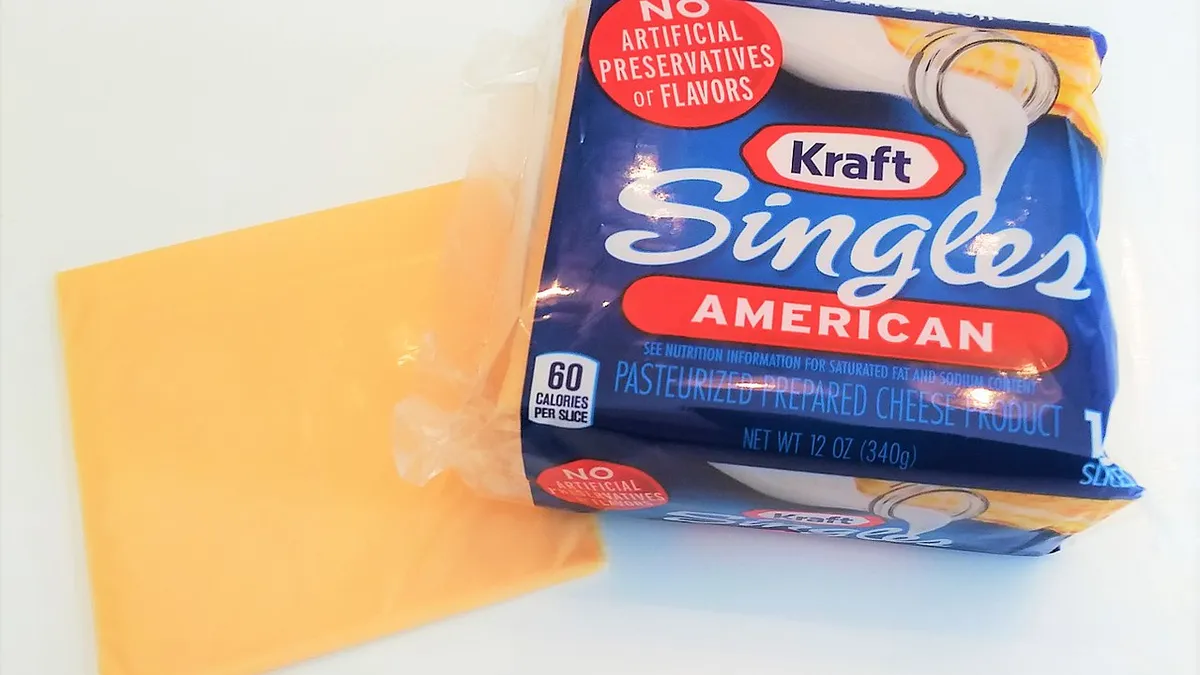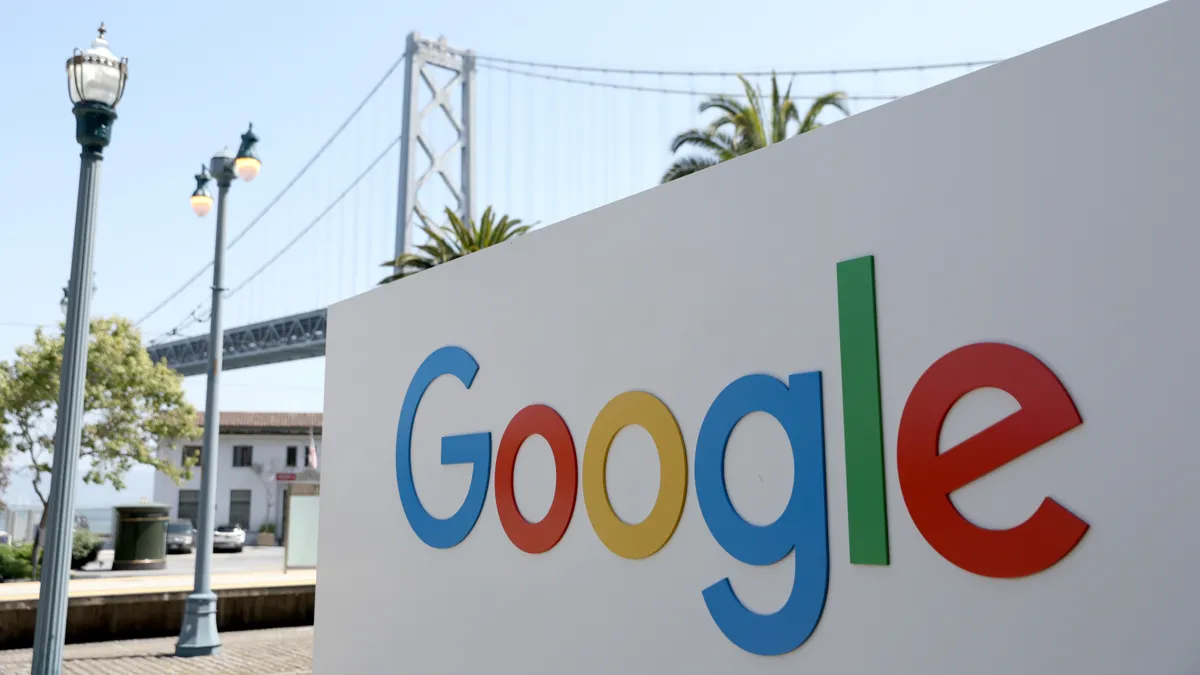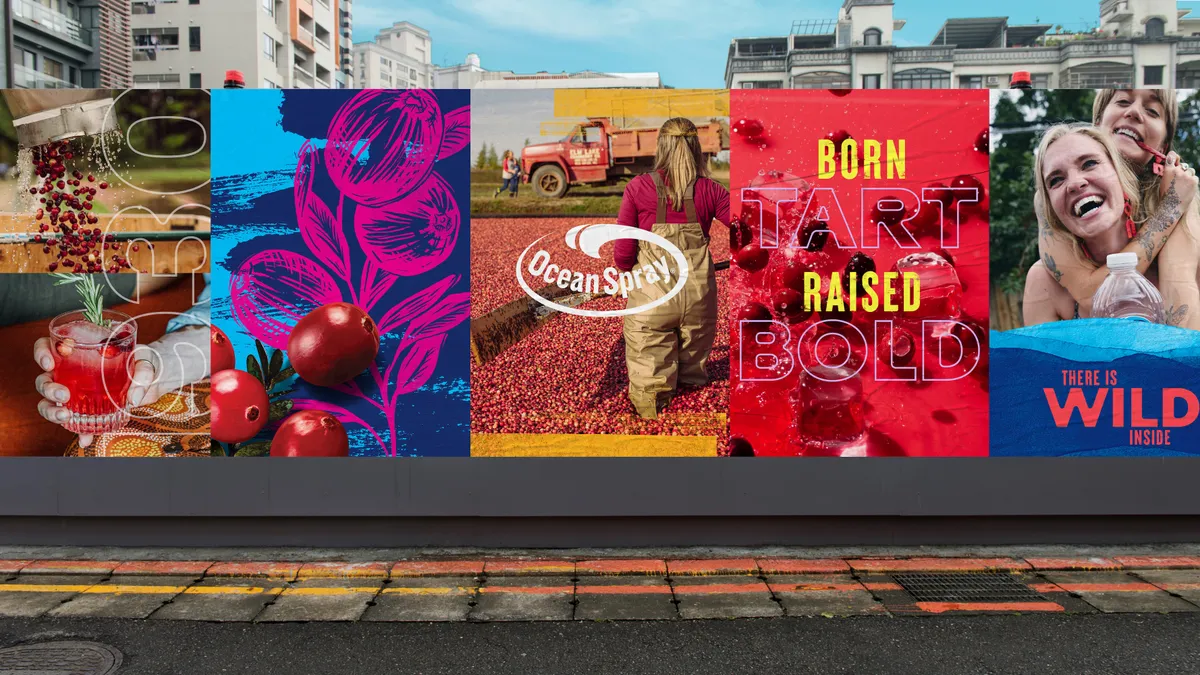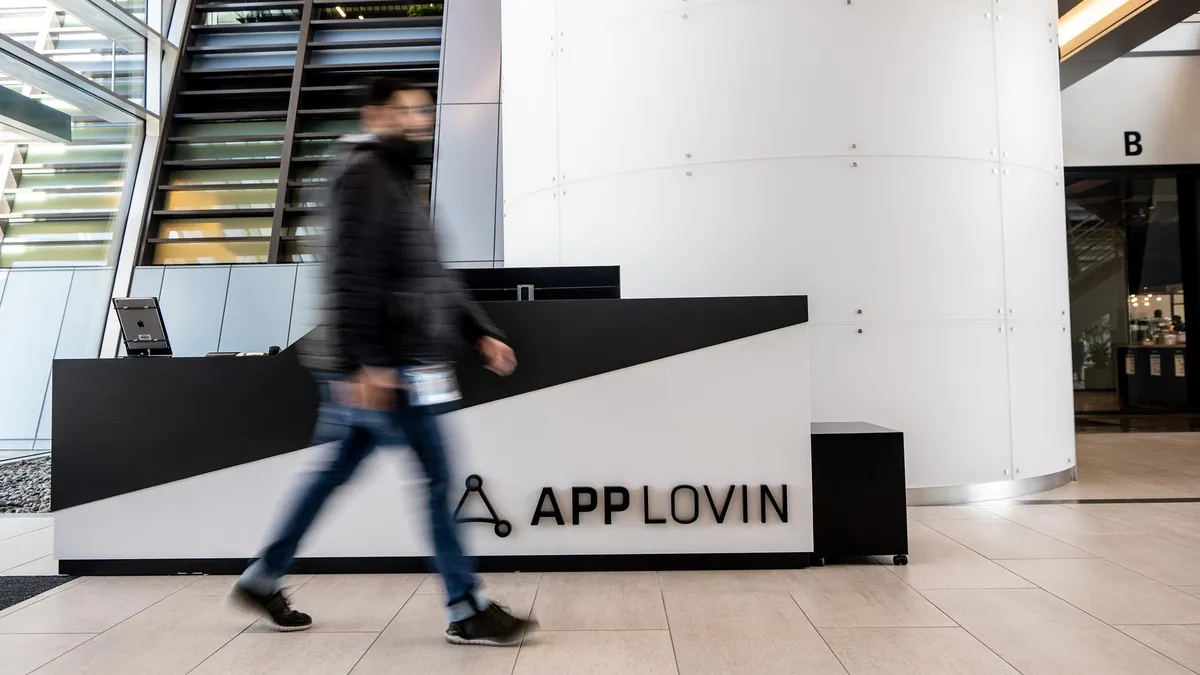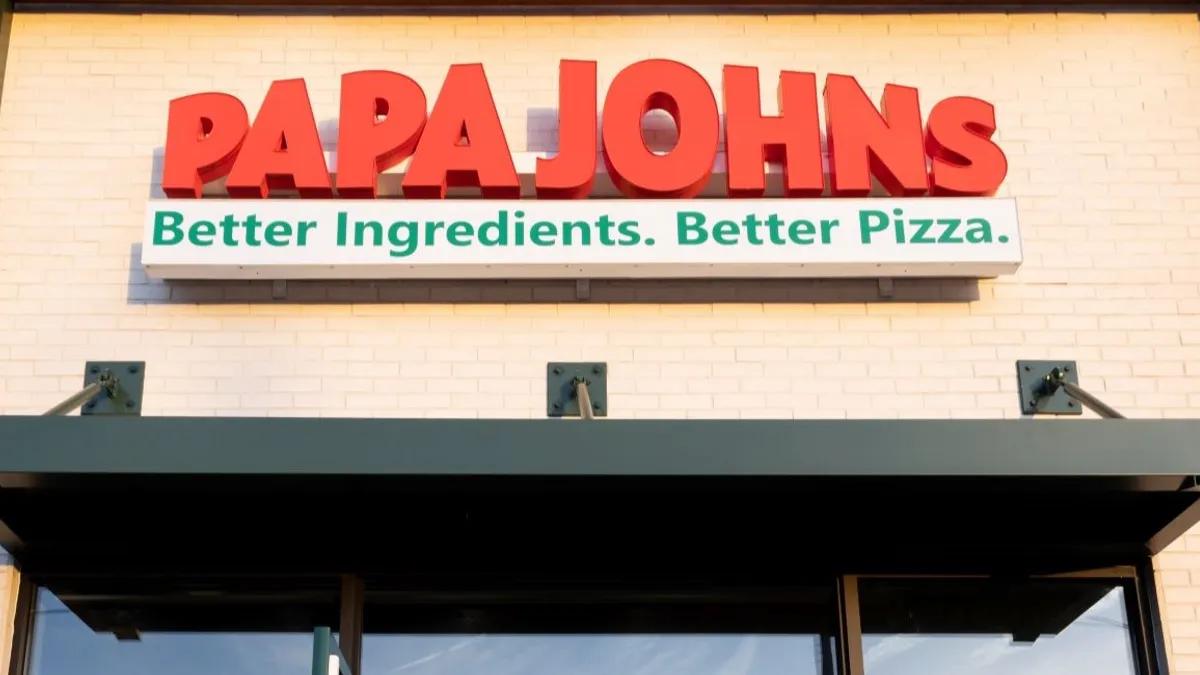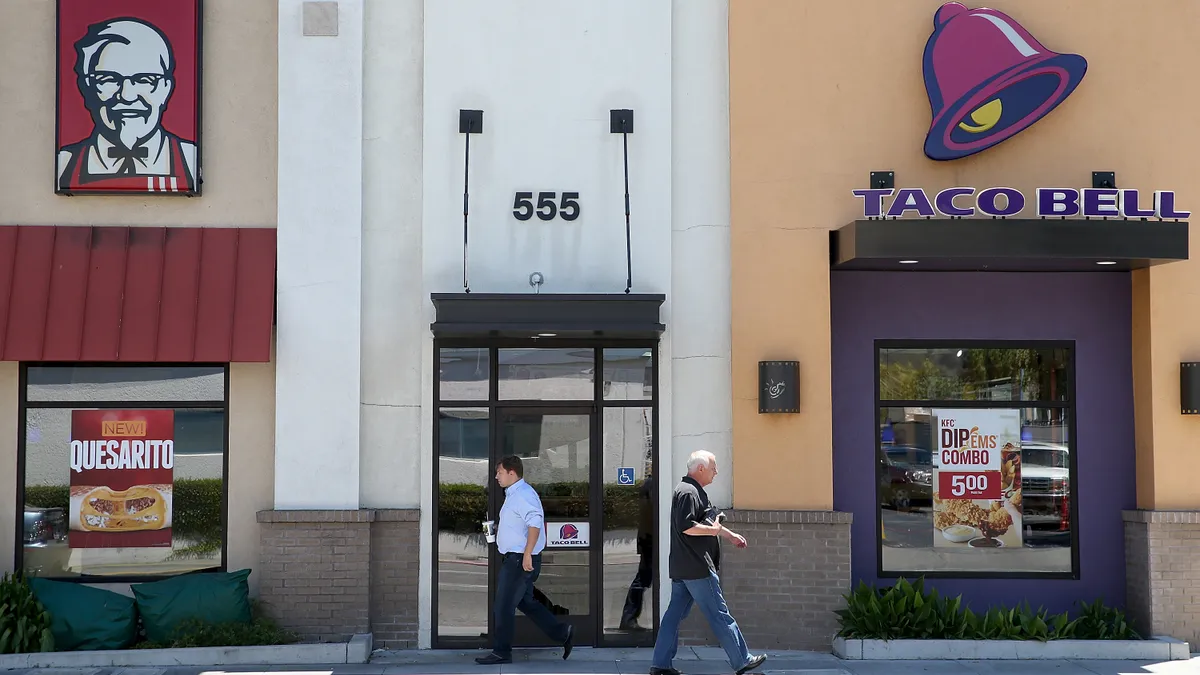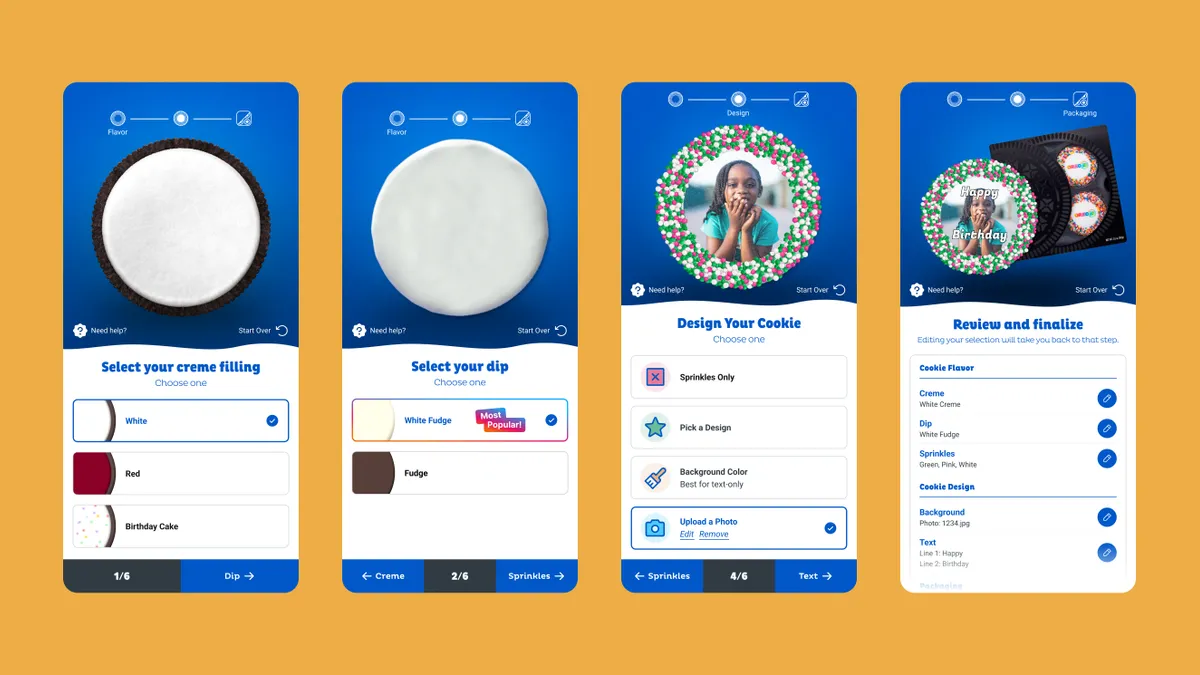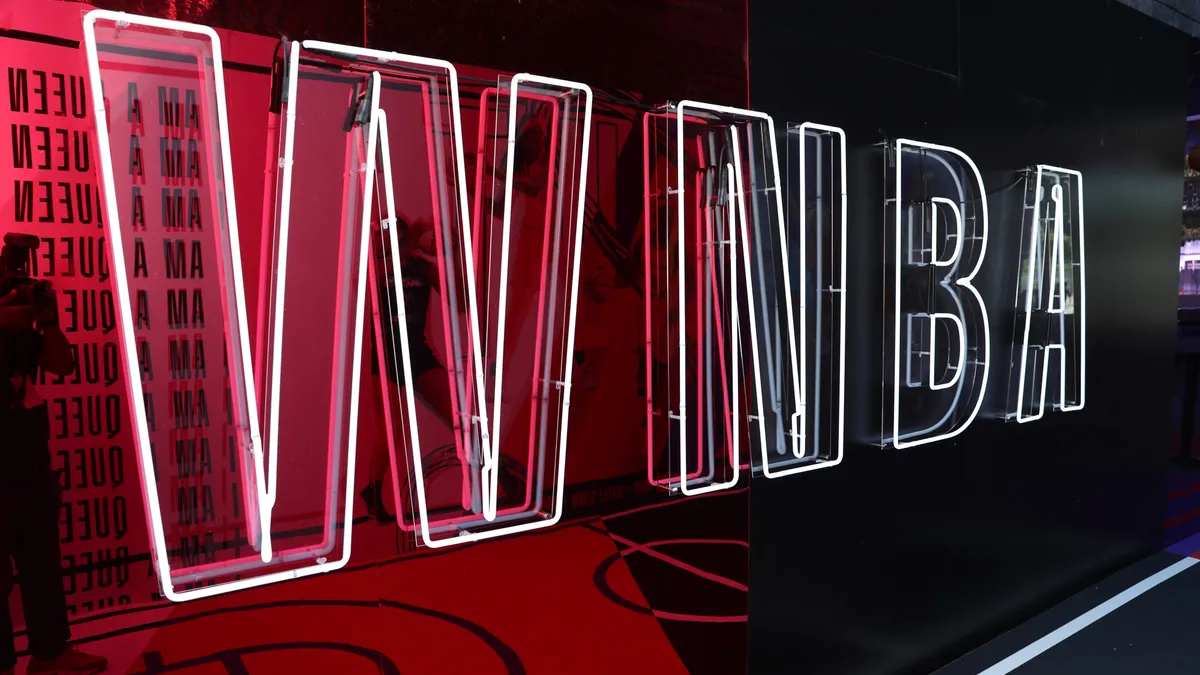The sales growth large food manufacturers experienced this spring as consumers stocked up their pantries during the emergence of the coronavirus has yet to materialize into a long-term increase in market share, with many big CPGs continuing to lose out to smaller companies much like they did before the pandemic.
While big manufacturers and brands across all categories, including food and beverage, wrestled space away from their smaller competitors in March and April — a reflection of their ability to quickly pivot to producing in-demand products and close working relationships with retailers — it proved to be short-lived, according to data provided by IRI.
In recent weeks, smaller businesses have taken advantage of unstocked shelves, improvements in getting goods to retailers and a growing need by consumers for variety as they spend more time at home to grab all of the market share they lost, and then some, from their bigger, deeper-pocketed competitors.
"Consumers have been attracted to a lot of iconic brands, but it still hasn't helped some of their inherent portfolio weaknesses because as a cohort they continue to cede share to smaller players," said Krishnakumar Davey, president of strategic analytics at IRI. "If you had challenges before COVID, they have not gone away."
Law of supply and demand
As the coronavirus outbreak intensified, nearly every food company touted the benefits to their bottom line. Nestlé saw a spike in demand for its coffee, frozen meals and home baking products. Unilever sold more of its teas, ice cream and condiments. And Campbell Soup and Kraft Heinz worked hard to meet demand for once-out-of-favor products like soup and boxed macaroni and cheese.
Shoppers gravitated toward iconic brands they grew up with that gave them a feeling of nostalgia and comfort. This demand was beneficial for many big CPG brands that had struggled for years amid a broader push by consumers toward fresher, cleaner ingredients products and away from processed offerings that were reliable stalwarts in their company's portfolio.
"Consumers have been attracted to a lot of iconic brands, but it still hasn't helped some of their inherent portfolio weaknesses because as a cohort they continue to cede share to smaller players. If you had challenges before COVID they have not gone away."

Krishnakumar Davey
President of strategic analytics, IRI
The share of total sales by small manufacturers between $100 million and $999 million rose 0.1% in 2020 before the coronavirus intensified versus a year ago compared to big CPGs whose share dipped 0.4% during the same period, according to IRI data. The trend quickly reversed during the peak of the pandemic, with the market share of small companies declining 0.1% while bigger ones with more than $5 billion in value surged 0.4%.
But since April, slower growth in discretionary offerings and stock-up brands, coupled with items continuing to be unavailable on shelves from some leading brands, has caused the share for large firms to plunge 1.6% while smaller businesses have jumped 0.7%.
Executives at Campbell Soup, for example, said during its third quarter earnings call in June that while seven of its nine power brands in snacks grew or held share, it posted small losses in Snyder’s of Hanover pretzels and Goldfish crackers despite strong double-digit consumption growth. And soup, which was improving for Campbell's after several years of declines, saw its market share come under pressure in large part because of an inability to keep up with demand.
"When you think about a world of a contained set of supply on the shelf, when we are not able to fully meet demand, it does open the door to other businesses or other brands that may be left on the shelf or available that has filled in a little bit," Mark Clouse, Campbell Soup's CEO, told analysts. "I think over time, we're going to get back to a better place."
At Kraft Heinz, the food manufacturer posted mixed gains across its portfolio during its second quarter with Heinz, Jell-O and Ore-Ida gaining market share as consumption increased. At the same time, Oscar Mayer meat and Kraft Singles businesses ceded space to competitors as supply constraints were unable to meet elevated levels of consumer purchases.
"If demand remains extraordinarily strong, growth should be fine, but share is likely to be challenging in certain categories," Carlos Abrams-Rivera, Kraft Heinz's U.S. zone president, told analysts in July.
High demand categories such as soup, eggs, bottled water, meat and poultry where out-of-stocks have been especially prevalent had the biggest negative impact on brand leaders. IRI said the top brands in these food and beverage categories lost market share of between 1.3% and 2.6% compared to before the pandemic.
Challenging the incumbents
To be sure, the coronavirus has been a boon for some large food CPG companies thriving before the pandemic, such Mondelez International, which boasts an enviable portfolio of Ritz crackers, Oreo and Wheat Thins. Even General Mills, which has been lifted by its $8 billion purchase of Blue Buffalo two years ago, has prospered as consumers prepare more treats at home, increasing sales for its Pillsbury flour and Betty Crocker mixes, Davey said.
IRI data showed cookies were a big market share winner as brand leaders gained 5.2% compared to before the coronavirus, while snack and granola bars jumped 3.2%, crackers and chocolate candy both rose 1.6%, and cold cereal, snack nuts and novelties all edged higher by about 1%.
Among the small and mid-sized companies, businesses such as Goya, best known for canned beans, rice, olives, cooking oil, coffee, bottled sauces and tropical drinks; pasta and sauce maker Rana; and plant-based food manufacturer Beyond Meat have been among the biggest winners during the coronavirus, IRI said.
The pandemic has been particularly taxing on the country's meat industry where thousands of workers have gotten sick and dozens of processing plants have shut down, prompting shortages at grocery stores and a spike in prices.
While meat has struggled at times, the industry's challenges have boosted their smaller plant-based counterparts such as Beyond Meat and Impossible Foods. These and other faux-meat makers benefited when grocers ran out or limited quantities of burgers, pork chops and steaks, in some cases prompting consumers to try these products for the first time.
Impossible Foods, which has been selling its burgers in restaurants since 2016, only started offering the product on grocery store shelves last September. In early March, it was in 150 locations. Now, they are in more than 3,000 stores like Kroger, Safeway and Albertsons after accelerating its rollout following a surge in demand from consumers and interest from grocery chains. "We are selling everything we can make," Rachel Konrad, the head of communications at Impossible Foods, said in June.
Beyond Meat, which sells its plant-based products next to animal-based meat in most grocery stores, posted a sales increase in retail stores of nearly 200% during its second quarter from a year ago.
"There's a lot of momentum in the category overall," said Chuck Muth, chief growth officer at Beyond Meat. "We're competing pretty effectively right now, and we're growing at a faster rate than the category so our share is growing as well."
Cole Orobetz, a co-founder and CEO of Alpha Foods, said the maker of plant-based burritos, nuggets, burgers and other frozen meal products reached out to retailers during the height of stockpiling to tell them they could provide a steady, reliable supply to the more than 10,000 stores where its products are sold. He told them to consider Alpha when they had empty shelf space.
"For those retailers where we were selling, we did get the opportunity to expand our shelf presence," Orobetz said. "A number of retailers did take us up on that."
In the last five months, Alpha Foods leapfrogged Kellogg Inc.'s Morningstar, Quorn and Kraft Heinz's Boca to become the best-selling plant-based nugget in the natural channel. It also surpassed Red's and Nestlé's Sweet Earth, making it the second-largest plant-based burrito brand, trailing only privately held Amy's Kitchen.
The company’s forecast sales have more than doubled in 2020 from the "eight-figure revenue" it recorded a year ago, Orobetz said. Alpha Foods has posted record sales every month this year compared to the same months in 2019.
"In the last few months, we have seen pretty much in all channels, in all retailers, a measured increase in baseline sales and new consumers coming to the products and brand," he said.
Modernizing the portfolio
Even as small companies encroach upon shelf space once occupied by multi-billion dollar companies, large CPGs can't lose sight of the fact that they need to innovate. The pandemic, while disruptive to millions of Americans and the broader economy as a whole, has afforded them an opportunity to repair fractured relationships with retailers, according to Erin Lash, a director of consumer equity research at Morningstar.
"The continuation of this is so dependent on their ability to continue to invest and fuel that supply wheel," Lash said. "If there is anything that leads to a reversion back to carrying about profitability over balanced and sustainable sales growth, that could" make it harder for them to improve relationships with stores.
After several years of aggressive cost-cutting and a focus on improving margins, food companies found they hadn't given enough attention toward innovating their portfolio through new offerings attuned to the healthier, fresher and portable trends. As a result, more nimble upstarts were able to wrestle away market share. Retailers were more than willing to give it to them in order to freshen categories at their store and draw in consumers.
"We found out that a bigger brand with modern attributes crushes the little guys every day of the week."

Bob Nolan
Senior vice president of demand sciences, Conagra Brands
After taking over as CEO of Conagra Brands in 2015, Sean Connolly quipped the company's frozen portfolio was full of iconic items that had grown tired and were "trapped in time."
Since then, Conagra overhauled some of its key brands, including Healthy Choice, Marie Callender's and Banquet. by modernizing the packaging, as well as adding more trendy bowls, contemporary ingredients and ethnic flavors. It doubled down on frozen by adding brands such as Birds Eye and Gardein to the fold as part of its $10.9 billion takeover of Pinnacle Foods two years ago.
The changes have shown signs of paying off during the pandemic. According to IRI data provided by Conagra, the company said its Banquet and Healthy choice brands had the strongest repeat rates among new buyers for the top five brands in the frozen food category for the 14 weeks ended May 31. At the same time, Birds Eye posted the strongest repeats among new buyers across the top three brands in the frozen vegetable category during the same period.
"During the fourth quarter, in particular, our transformation was put to the test, and you’re seeing the fruits of our labor," Connolly said during the company's fourth-quarter earnings call in June. "Our modernized portfolio and agile culture enabled us to respond to the increased consumer demand driven by COVID-19."
Bob Nolan, senior vice president of demand sciences at Conagra, said in an interview the fact that people returned to buy its offerings, even during a pandemic, provided fresh evidence that big companies such as his can compete with smaller entrepreneurs if they make the right changes to keep their portfolio relevant.
"We found out that a bigger brand with modern attributes crushes the little guys every day of the week," Nolan said. "People would rather buy a big brand that they trust, that they remember, that they know, especially during a crisis like COVID. If the food wasn't relevant, they wouldn't have bought it in a panic, and they wouldn't have bought it again."
Davey at IRI said despite the challenges some large food companies had before the coronavirus, and their inability to gain lasting market share during it, they still have a prime opportunity to compete by tapping into their deep marketing expertise, supply chain advantages and ability to innovate. The battle over market share going forward will transcend beyond classic pricing and promotion, he said, to include how companies respond to the growing e-commerce market, the use of digital marketing to promote their items online and broader product assortment.
"The battle over market share will always go on and it's never settled," Davey said. "Despite inroads of smaller companies and brands, large CPG companies will continue to thrive with their scale, financial strength and strength in marketing and sales."



